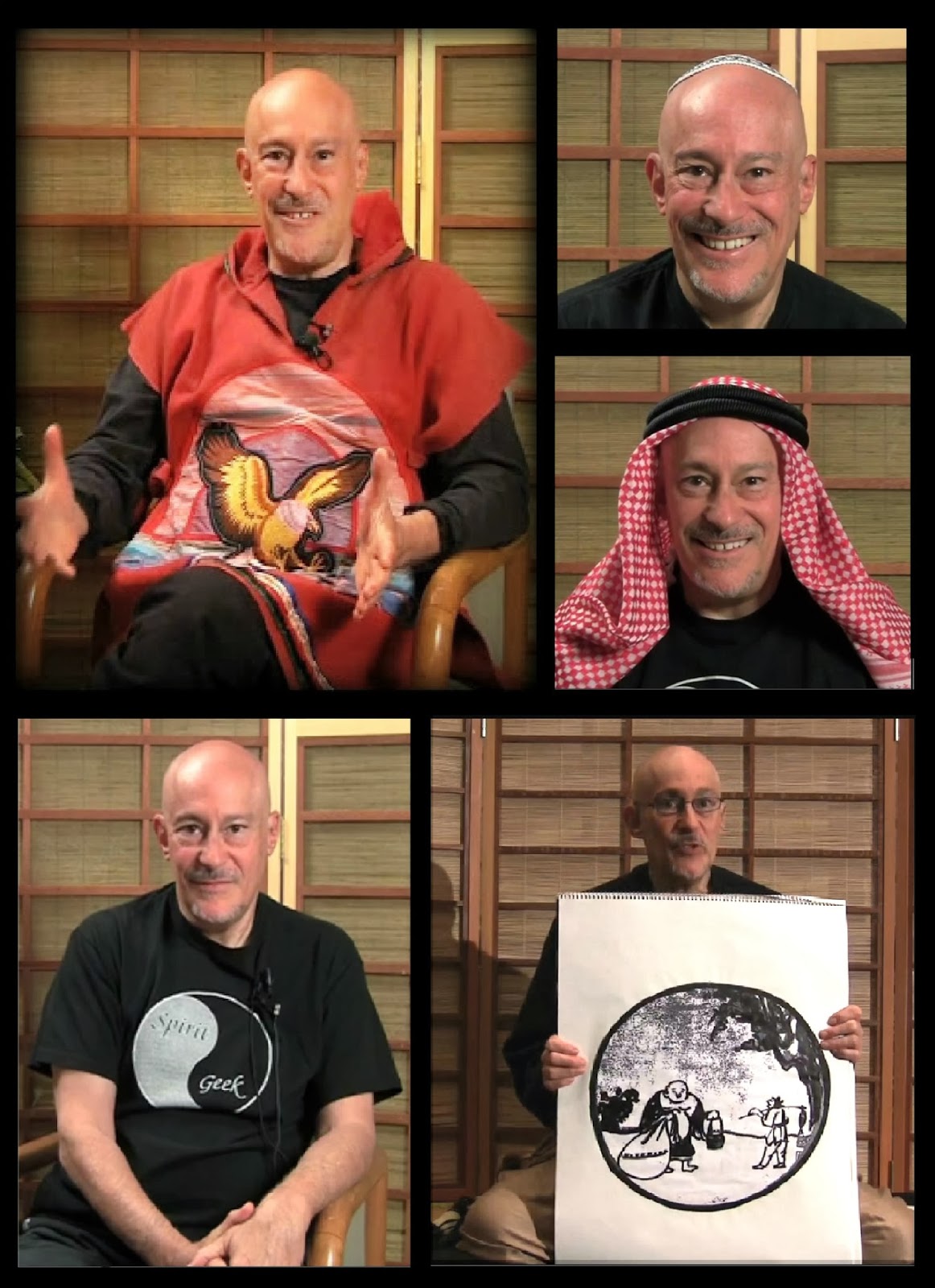A while back, a student asked me:
Do you think it’s useful to combine different systems of meditation? If so, how can these other systems be incorporated into the Basic Mindfulness universe?
 |
| Video stills courtesy of Har-Prakash Khalsa |
I can remember when I got started with Buddhist study and practice (about 50 years ago, yipes!), I was very confused by the seemingly conflicting maps, opposing paradigms, and confident claims of the various approaches. It’s all integrated for me now but that took quite a while, so I would encourage anyone confused by seemingly diverging dharmas to be patient. Clarity with regards to these issues comes through time, practice, and direct experience. You can find my current integrated view in this article, What is Mindfulness?. Also, on pp. 147-148 of my practice manual, you’ll find a summary of how various historical practices relate to Basic Mindfulness. A careful reading of that section will reveal that Basic Mindfulness is just a framework for showing relationships between various historical practices.
In some lineages of Buddhism there is a belief that one should stay with a single teacher in order to fully deepen one’s practice. Then there are people who encourage their students to go on different kinds of retreats with different teachers. My own point of view is this:
I think that some people are naturally “poly-spiritual” and some people are “mono-spiritual.” Mono-spiritual people develop overt or subtle conflicts if they go with different teachers or approaches, whereas poly-spiritual people get an immediate sense of the complementary. I’ve always been poly-spiritual. Everything I did with anybody seemed immediately to complement what I had done with everybody else. But that’s my personality type. As far as students go, I ask them to decide for themselves which type they are and to act accordingly. For me, this resolves the classic conundrum of “one deep hole versus many shallow ones.”
I should also say that when I encourage students to explore other teachers, I’m careful to give them a framework that reduces possible confusions and conflicts. I point out that there is a common thread that passes through all forms of mindfulness. Every style of mindfulness meditation is designed to develop three basic skills: concentration, sensory clarity, and equanimity. The styles differ in regard to which aspects of sensory experience are emphasized and in regard to what focusing strategies are employed. As long as a student can view the practice as the acquisition and application of a universal skill set, there shouldn’t be too much confusion.